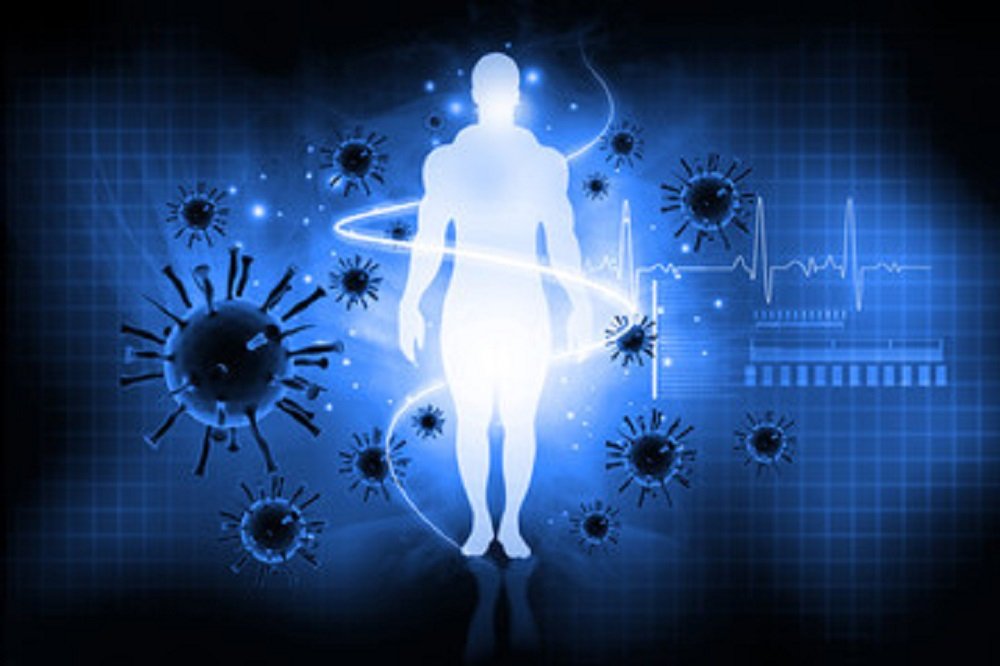Microorganisms come in all shapes and sizes, with some penetrating into cells and others entering the body but remaining outside the cells. Thus the immune system has had to develop several different mechanisms to recognise and kill microbes depending on their characteristics. From the immune systems point of view, microbes can be divided according to type of infection caused.
Extracellular infection
♦Bacteria enter tissues but usually remain outside the cells. However, as they are smaller than cells of the immune system, specialised immune cells can ingest, kill and digest the bacteria.
♦Multi-cellular parasites also remain outside cells, however, as they are larger than immune cells, they cannot be ingested and so additional immune mechanisms are required to fight infection.
Intracellular infection
♦Viruses enter the cytoplasm, hijack the host cells protein synthesis machinery and assemble new virus particles, which bud from the cell surface and infect new cells. Immune mechanisms which act in the extracellular space are ineffective once virus enters the cells.
♦Intra-vesicular organisms (e.g. Mycobacteria) are taken up into cells but remain within vesicles, never entering the cytoplasm. Immune mechanisms that kill virus-infected cells are ineffective as the organisms are in a different cell compartment – therefore requiring an additional immune strategy.
Infecting organisms must first breach the body’s natural defences (skin, mucous membranes etc.). The pathogen then faces the two major types of immune response, the innate immune response, and the adaptive or specific immune response. When thinking about how these systems work it is helpful to consider (1) the recognition phase where the micro- organism/pathogen is recognised as foreign, and (2) the effector phase, which kills the organism.
The innate immune response is immediately available to fight pathogens without the requirement for prior exposure to the pathogen. This is the first line of defence against pathogens, recognising microbes by the presence of molecular patterns not present on mammalian cells. Innate immunity is moderately effective at controlling infection and does not improve with repeated exposure to a particular organism.
The adaptive immune response is refined and expanded after infection, taking several days to provide protection on first exposure to a particular pathogen. The cells and molecules produced are highly specific for the pathogen. The adaptive immune system remembers when a microbe has previously invaded the body resulting in a rapid and efficient removal of the pathogen on the second and third time that it invades the body (immunological memory).
Innate and adaptive immunity depend on white blood cells or leucocytes. Innate immunity involves granulocytes and macrophages. Adaptive immune responses depend on lymphocytes, which provide the lifelong immunity that can follow exposure to disease or vaccination. However, the two systems do not operate independently – there are many examples of co-operation. Killing of microorganisms by the adaptive immune response frequently depends upon linking antigen-specific recognition to activation of effector mechanisms that are also used in the innate response.
Together, the innate and adaptive immune systems provide an amazing defence system. Despite the fact that we are surrounded by a multitude of potentially pathogenic microorganisms, we rarely succumb to infection. Many infections are eliminated by the innate immune system and cause no disease. Infections that cannot be resolved by innate immunity trigger adaptive immunity, which usually eliminates the infection (often before we are aware of it) and generates immunological memory.




